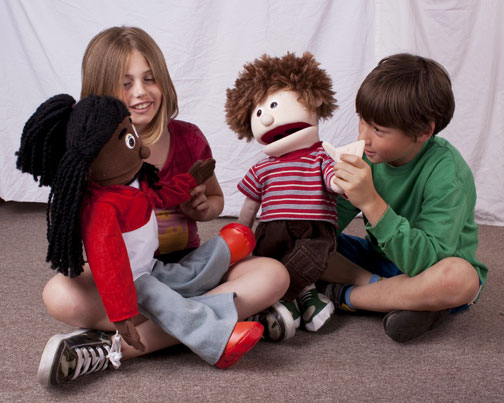Helpful Links
Get In Touch
-
General Enquiries
-
info@brightpathkids.com
-
Enrollment Enquiries
-
enrollment@brightpathkids.com
-
Careers & HR Enquiries
-
careers@brightpathkids.com
-
Contact Us
-
1-888-808-2252
Copyright © 2026 BrightPath Kids. All Rights Reserved.



 How to Play: Take turns naming an item or action for the other person to find. If you are working on single words, just say the item or action (e.g. “skipping”, “stop sign”, etc.). If your child is ready for the challenge of phrases, say the full phrase such as “I spy skipping”, “I spy a stop sign”, etc.
Alternative Uses: If your child does not need to practice s-blends, you can still use this game to target other skills. Consider these ideas when playing ‘I spy’:
How to Play: Take turns naming an item or action for the other person to find. If you are working on single words, just say the item or action (e.g. “skipping”, “stop sign”, etc.). If your child is ready for the challenge of phrases, say the full phrase such as “I spy skipping”, “I spy a stop sign”, etc.
Alternative Uses: If your child does not need to practice s-blends, you can still use this game to target other skills. Consider these ideas when playing ‘I spy’:




